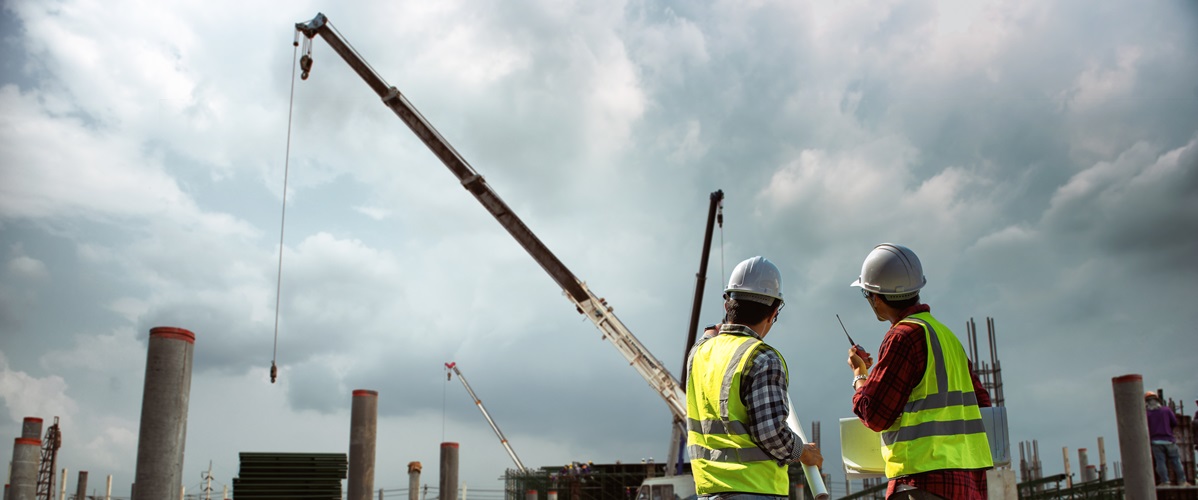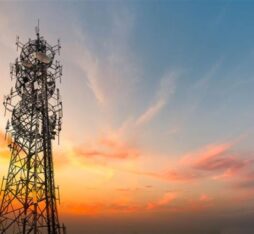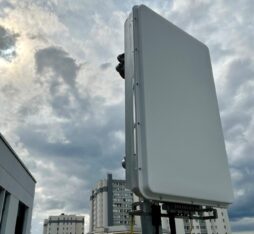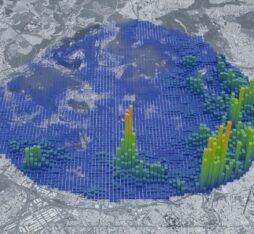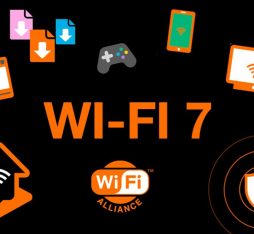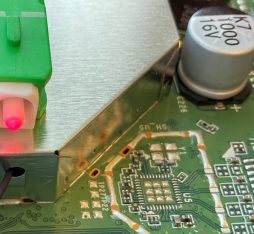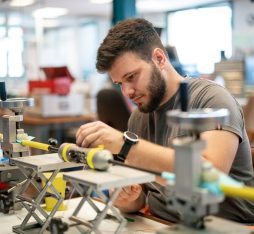• Its future applications in industry, logistics and other fields will improve safety, efficiency and working conditions.
• efa France, a manufacturer of equipment for off-road mobile machinery, has an internally developed teleoperation solution based on hybrid 5G/satellite connectivity designed by Orange.
At mining sites, operators of heavy machinery—particularly loaders or crushers—must deal with tight environments and difficult conditions such as vibrations and exposure to dust and noise. With teleoperation, those operators can now safely control their machines remotely from an ergonomic, quiet and well ventilated control room.
Ensuring safety and efficiency
This is just one example of an industry that may be interested in this technology’s potential. As Baptiste Auger, Control Command Product Manager at efa France, an equipment manufacturer specializing in off-road mobile machinery for many verticals (industry, logistics, airports and ports, agriculture, defense etc.), explains: “Customers are talking about it more and more. When it comes to recruiting for positions involving operations in difficult and potentially dangerous environments, many of them face challenges in making these roles seem attractive. Improving working conditions for machine operators and reducing accidents are top priorities for them, and teleoperation can be the answer. It also creates opportunities for people who have not had access to these jobs before, such as people with reduced mobility. For efa, developing an offering in this forward-looking segment is a logical extension of our Control Command activity.”
On paper, teleoperation involves controlling and guiding a vehicle or machine remotely, either within a limited range via radio controls, or without coverage limits thanks to mobile and satellite networks. In practice, it requires the combination of several technological building blocks in order to achieve optimal performance and reliability.
Teleoperation can address major challenges by improving working conditions and reducing accidents in many sectors
Sensors and connectivity, the keys to teleoperation
Vehicle handling is governed, in particular, by regulatory requirements related to safety that set performance levels (PL) and safety integrity levels (SIL) according to the risks specific to each vehicle. Onboard sensors, such as cameras, radars and lidars that continuously map and render the operating environment, are essential for this. The connectivity used for transmitting information in (near) real time is provided by 4G/5G equipment and/or a satellite antenna. efa France sets itself apart in this regard by offering a technology with a very low latency of around 65 ms over long distances. At the 2025 edition of the bauma trade fair, the company promoted this solution by demonstrating a teleoperation use case with a vehicle at the efa France headquarters in Fondettes (Indre-et-Loire, France) being controlled from Munich (Germany).
Finally, the remote operator has a complete control station, including a seat with a wall of screens and a PC for streaming video feeds, as well as control joysticks.
Hybrid communications to push the boundaries of what’s possible
In some configurations, terrestrial and satellite coverage are complementary in meeting connectivity needs related to long-distance teleoperation use cases. efa France is therefore partnering with Orange to study, test and validate the implementation of hybrid communications, combining 4G/5G networks and satellites. For Bartlomiej Kitta, Head of IoT LiveObjects and Augmented Industries XR & Drones at Orange, this is an area of strategic importance for the Group: “We are looking to broaden our positioning in the field of IoT to cover real-time and remote-control solutions adapted to industrial applications. In addition to our expertise in cellular networks, we are enriching our value proposition with satellite connectivity, in order to cover white zones and avoid coverage interruptions. In particular, we are collaborating with Starlink, as well as with other satellite operators such as Eutelsat. Our goal is to offer the best mix of cellular and satellite connectivity, by integrating complementary systems for the Internet of things (IoT), Vehicle-to-Everything (V2X) communication, or precise geolocation, depending on our customers’ use cases, environments and specific expectations in terms of costs and sovereignty.”
Promising results
The cooperation is already bearing fruit: We have a demonstration vehicle with a steer wheel and two idler wheels, equipped with a 5G modem and a Starlink antenna. Tests have already confirmed efficient and imperceptible switchover between the terrestrial and satellite networks, with no impact on signal continuity. The solution will soon be tested in a real operating environment, on the robot of one of efa France’s agricultural customers.
In addition to network hybridization, the connectivity solution can be tailored to the specific needs of each teleoperation use case. For example, it may be possible to deploy private 5G networks or to implement priority bandwidth allocation mechanisms on demand for the most critical applications.
 Bartlomiej Kitta
Bartlomiej Kitta

